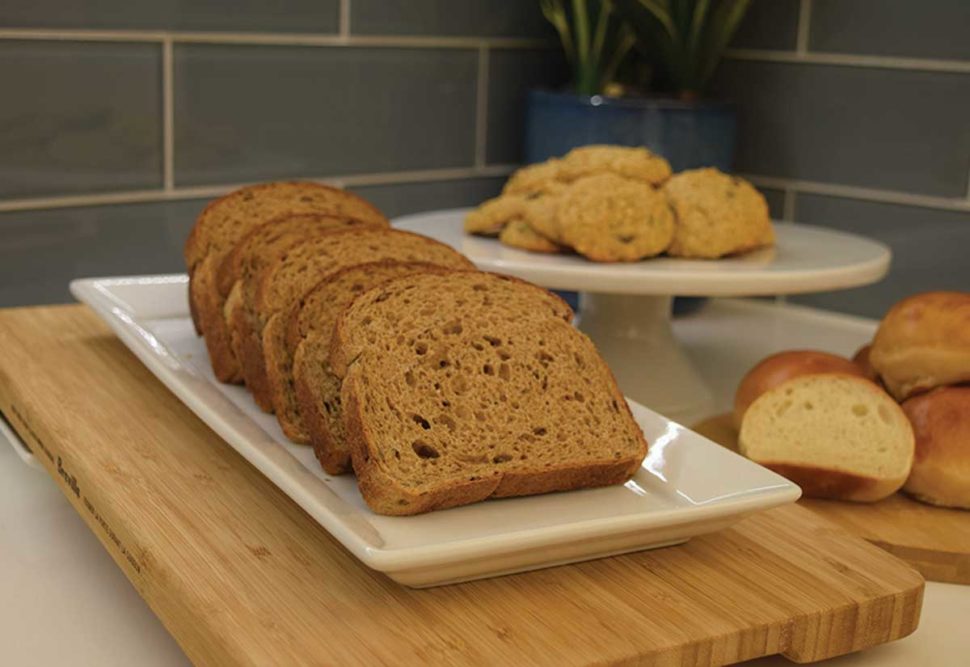When adding protein to baked goods and addressing absorption issues, different protein sources have different absorption needs. However, the desired profile of the finished product will dictate the type of protein that formulators ultimately use.
“For example, vital wheat gluten is a great way to add protein to bread-type products because high water ab-sorption can be a positive in this type of system,” said Brook Carson, vice president, Manildra Group USA. “However, in a cookie, high absorption is undesirable because it will negatively impact spread and texture. Cookies require a wheat protein that will absorb a lower amount of water.”
Water absorption has different functions, and it’s important to know what those functions are before throwing protein into a formulation. In breads, absorption affects mix time and viscoelasticity while in cookies, added protein can cause dry or crumbly dough, said Erin Nese, technologist, commercial innovation acceleration for the United States and Canada, Ingredion Inc.
“In other baked applications, water absorption from protein can impact product volume and expansion, sheetability in a sheeted application, or even softness of a product over shelf life,” she continued. “It really de-pends on the application, how high the protein level is and the protein source.”
Protein’s ability to hold onto water, however, can be a good thing. Doughs that tend to be sticky and difficult to process, like some crackers, Ms. Nese offered, can benefit from added protein. Protein can take up some extra water, making the dough easier to machine and resulting in a more consistent product.
Obtaining the desired texture is another challenge because water absorption influences whether a product will be crispy and crunchy or soft and chewy.
“Incorporating liquid sweeteners such as glucose, invert sugars and rice syrup, and polyols used as humectants such as vegetable glycerin will provide a moist, chewy texture, especially for nutrition bars and soft cookies,” said Laura Colin, senior technical business development manager, Blue Diamond Almonds Global Ingredients Division.
Other ingredient swaps also allow formulators to reach new levels of protein inclusion while making room for the protein’s water-absorbing tendencies.
“Reducing other high-water-absorbing ingredients will allow for higher protein ingredient levels to be achieved in many applications,” she continued. “In protein and nutrition bars, replacing granulated sugar with liquid sweeteners and incorporating functional water-binding starches or hydrocolloids may be needed to compensate for the higher protein levels.”






